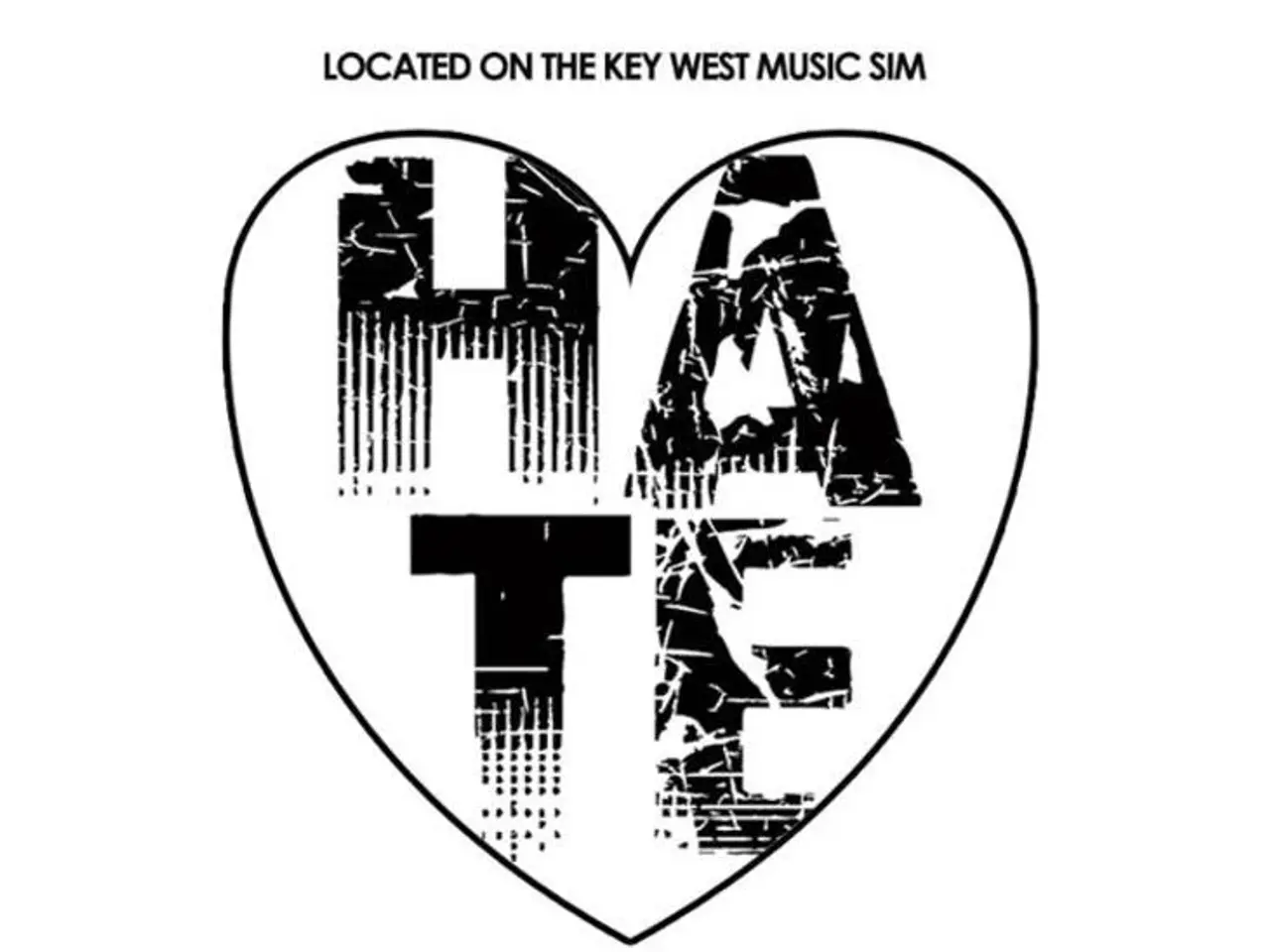EU finds Israel's compliance with humanitarian aid agreement for Gaza lacking
EU Expresses Concern Over Israel's Compliance with Aid Agreement for Gaza Strip
The European Union (EU) has raised concerns over Israel's adherence to an agreement aimed at improving the supply of aid to the Gaza Strip. The EU's diplomatic service has sent a document to its member states detailing this assessment, highlighting discrepancies between the aid figures reported by the United Nations and humanitarian organizations versus those provided by Israel [1].
The agreement, reached in mid-July, aims to enhance the supply of the distressed civilian population, including a significant increase in daily food deliveries and aid supplies by truck. However, the EU has noted that the number of aid trucks entering Gaza remains below the agreed levels, indicating ongoing obstruction of aid operations [1].
Challenges in Verifying Compliance
The EU's lack of physical presence at Gaza border crossings and within Gaza itself presents a significant challenge in directly verifying the data. This means the EU must rely on reports from UN agencies, humanitarian groups on the ground, Egypt, Jordan, and Israeli claims, complicating independent verification efforts [4].
The resumption of fuel supplies, which had been suspended for 130 days, is a positive development. However, the overall volume of aid convoys remains insufficient compared to what was agreed [1][4]. The EU fears that despite some reopening, the humanitarian situation remains precarious, with famine still threatening Gaza’s population [1].
Political and Operational Challenges
Political sensitivity and concerns about the aid distribution mechanisms, which were not fully specified in the agreement, create further challenges [5]. There are also broader criticisms that EU measures to enforce the agreement have been delayed or frozen, partly to avoid punishing Israel but at the risk of ineffective aid delivery and failure to halt violations under the EU-Israel Association Agreement [2][3][4].
Ongoing Conflict in Gaza Strip
It is important to note that the Gaza Strip is currently experiencing a catastrophic supply situation for its approximately two million Palestinians, largely due to the ongoing conflict. Israel is engaged in a war with the Islamist Hamas in the Gaza Strip, where the organization continues to hold hostages. The Hamas massacre on October 7, 2023, with 1,200 dead and about 250 abducted, sparked the Gaza war [6].
More border crossings to the Gaza Strip are to be opened, and the Jordanian and Egyptian aid routes are to be used again. The Zikim border crossing to northern Gaza has been reopened, but it is not mentioned in the context of the new agreement [7].
In summary, the partial compliance by Israel, lack of direct EU oversight, discrepancies in reported data, and unresolved political and operational issues are the primary reasons preventing full adherence to the EU-Gaza aid agreement and verification of its implementation [1][2][4]. The EU will continue to monitor the situation closely and update its member states every two weeks.
- The ongoing concerns from the European Union (EU) about Israel's compliance with the aid agreement for the Gaza Strip extend beyond the supply of aid, as they also address broader issues such as politics and war-and-conflicts, particularly the ongoing conflict in the Gaza Strip.
- The general news surrounding the EU's efforts to enhance aid for the Gaza Strip is complex, with challenges in verification compliance, political sensitivity, ongoing conflicts, and operational difficulties, all of which impact the delivery of aid and the humanitarian situation for the two million Palestinians living there.







